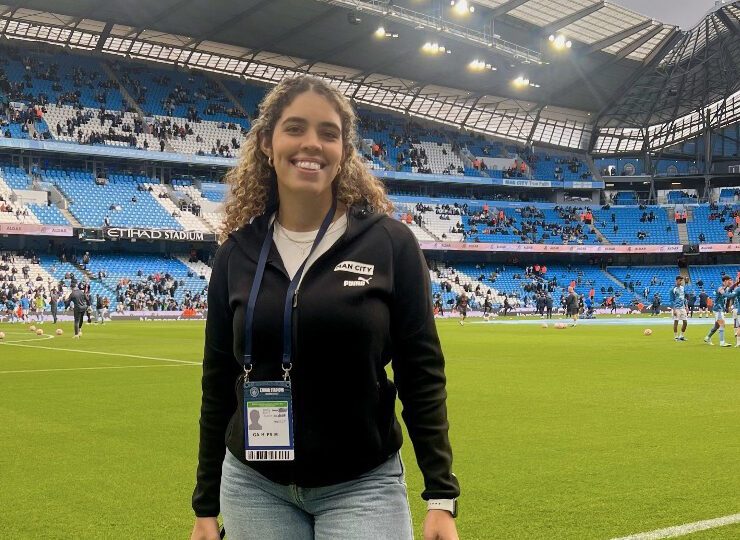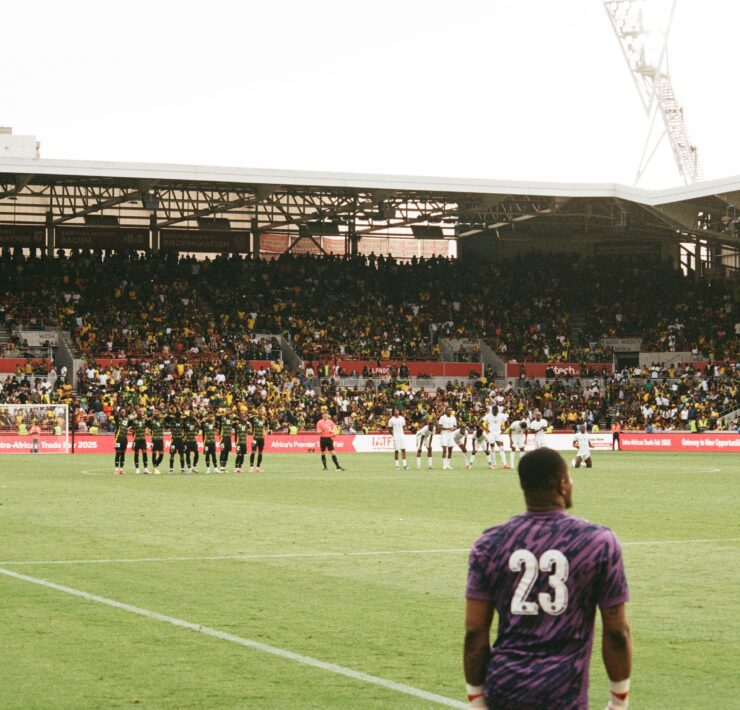A Tale of Two Steel Cities: How a shared industrial history is bringing the Steelers and BVB together through sports
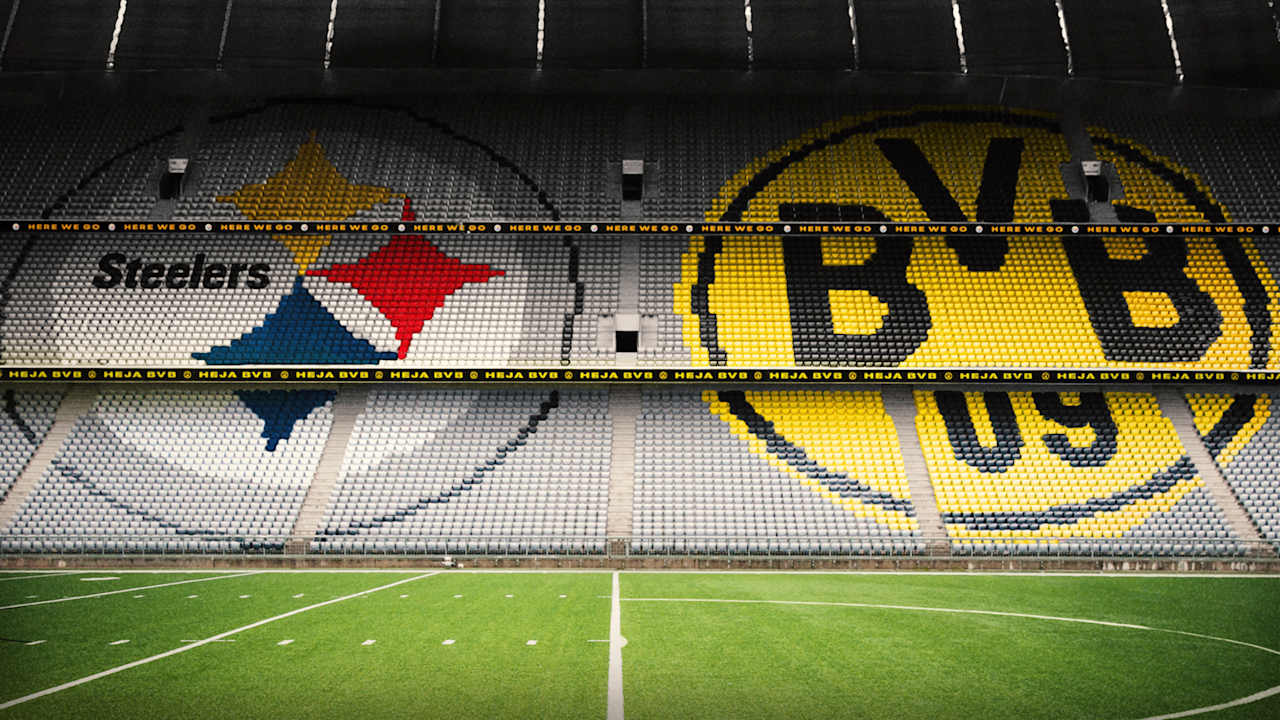
Multi-hyphenate Creative, Forty-One Co-founder
On the surface, Pittsburgh and Dortmund sit worlds apart—separated by an ocean, a time zone, and two different sports. But look a little closer and the connection between the Pittsburgh Steelers and Borussia Dortmund feels inevitable.
Same black and yellow.
Same working-class roots.
Same die-hard fanbases that show up no matter the record.
Now, for the first time, those parallels are official. The Steelers and Dortmund have joined forces in a transatlantic partnership built on more than marketing—it’s rooted in steel, sweat, and a love for the game.
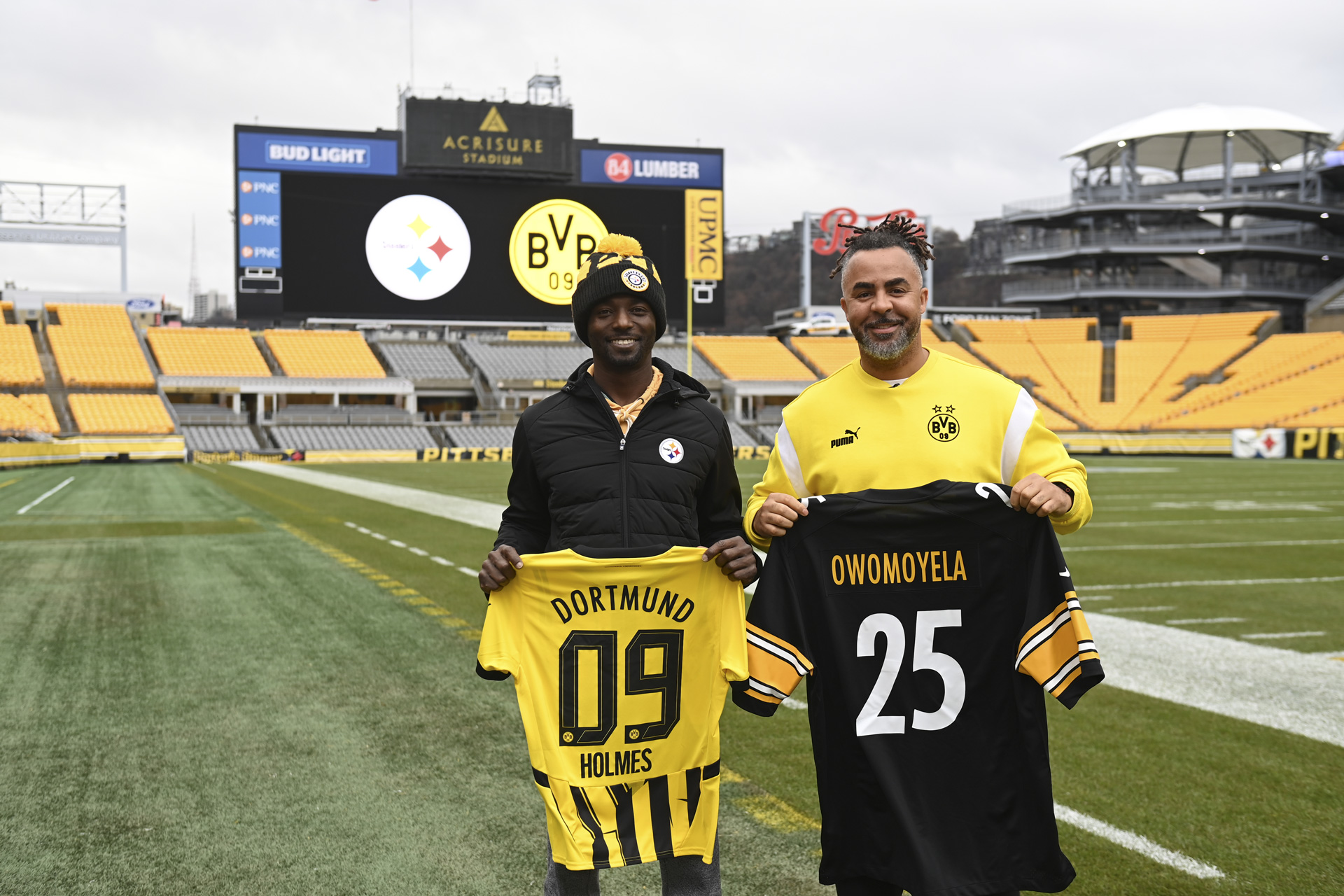
Coal Mines and Championships
Pittsburgh and Dortmund were both born in smoke. In the 19th and 20th centuries, they were industrial powerhouses—Pittsburgh with its steel mills, Dortmund with coal mining and iron production. These weren’t just cities; they were engines of progress. The people who built them were tough, resilient, and proud.
Even as industry faded, that spirit lived on through sports.
The Steelers are one of the NFL’s most storied franchises. Six Super Bowl rings, countless hard-hitting Sundays, and a fanbase that wears black and yellow. Borussia Dortmund does the same on the soccer pitch. One of Germany’s most storied clubs, they’ve built a legacy on passion, power, and the iconic Yellow Wall that has become a movement.
Both clubs carry the torch of their cities’ identity. That’s not a marketing line—it’s real. Ask anyone from the South Side of Pittsburgh or the Nordstadt of Dortmund.
Same Colors, Same Code
You could write this partnership off as just two clubs sharing a color palette. But it runs deeper than aesthetics.
When BVB visited Pittsburgh last winter, the vibe was instant. Jersey swaps with Santonio Holmes. Tailgates with former Dortmund pro Patrick Owomoyela, a self-proclaimed Steelers fan. When the Steelers returned the visit in April, Miles Killebrew stood in awe of the Yellow Wall. The mutual respect was clear.
This wasn’t just about taking pictures—it was about recognizing kinship. The black and yellow doesn’t just look good. It means something. It’s about legacy. It’s about showing up, win or lose. It’s about pride.
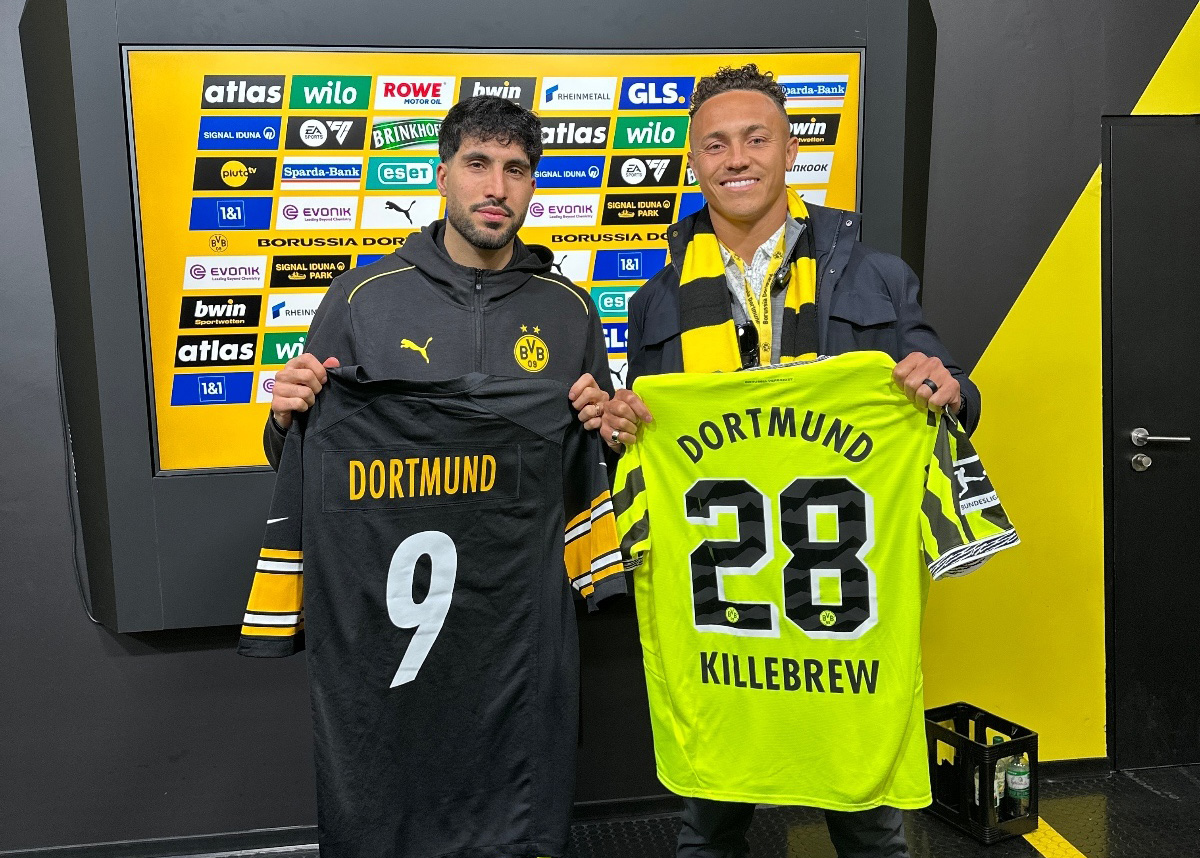
Beyond the Field
What makes this partnership matter isn’t just the symbolism. It’s what’s being built.
The Steelers are expanding their presence in Germany as part of the NFL’s Global Markets Program. BVB opened an office in New York to grow their North American fanbase. Now, they’re working together on content, fan events, and community outreach.
Next up? A Steelers-led flag football clinic in Dortmund, hosted at the BVB Academy. A business summit in Pittsburgh. More joint initiatives that blur the line between football and Fußball.
We see the vision. Watch parties in Dortmund bars for Steelers games. Soccer clinics in Pittsburgh run by BVB staff. Maybe one day, a friendly exhibition where both clubs show off what their version of “football” looks like.
In a time when sports partnerships can feel surface-level, this one hits different. It’s about creating real bridges between two cities that understand each other in ways most don’t.

Dortmund and Pittsburgh already share a climate innovation pact, signed in 2022. Now they’re extending that cooperation through culture and sport. Both cities have transformed from steel to science, from coal to code. They’ve evolved—but never lost their edge.
This collaboration shows what’s possible when teams go beyond their borders and recognize shared DNA. Soccer and football might look different, but their power to unite people is the same.
This isn’t just a business move—it’s a cultural play. It’s about showing fans in Dortmund what a Steeler stands for. It’s about introducing Pittsburgh to the sound of 80,000 fans singing in unison at Signal Iduna Park.
Black and yellow on both sides. One sport played with feet, the other with hands. But the heart? That’s the same.
Two cities. Two fanbases. One legacy of steel.
Multi-hyphenate Creative, Forty-One Co-founder


